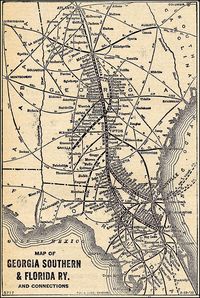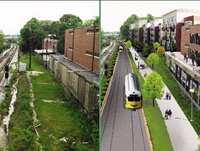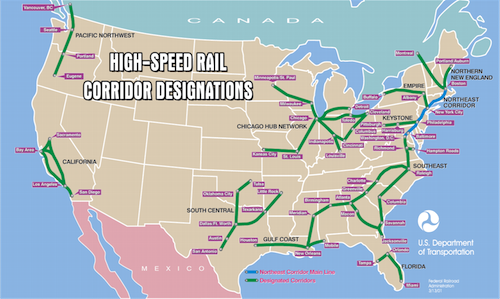
The Eprida process simultaneously creates value in three markets in this order at today’s prices:I especially like the small scale aspect. Individuals could do this.Unlike other biomass gasification, the Eprida process can operate at small scale, converting waste biomass into fuel and fertilizer. The diesel produced will ultimately be more valuable than ethanol or methanol, and the Eprida process can convert woody plant materials that cannot be cost effectively fermented. Also, unlike virtually all other approaches for biomass to energy, which deplete soil nutrients, the Eprida process restores and enhances soil mineral, carbon and nitrogen content. As a direct result of this new approach to integrated energy and fertilizer production from biomass, the Eprida process effectively removes net CO2 from the atmosphere, and can do so profitably before the value of any carbon credits are even considered.
- Energy: gas-to-liquids diesel, from biomass
- Fertilizer: agricultural soil restoration, carbon enriched with nitrogen
- Carbon Credits: once an agricultural CDM is completed
(And if, like me, you wondered how to pronounce biochar, the ch is like in charcoal.)
Or municipalities like Valdosta or Lowndes County could do this, instead of the current plans for a conventional biomass power plant that looks like it will release more CO2 per kilowatt than a coal plant. Why not go with a homegrown technology that’s cleaner and may also produce diesel as a side effect?






